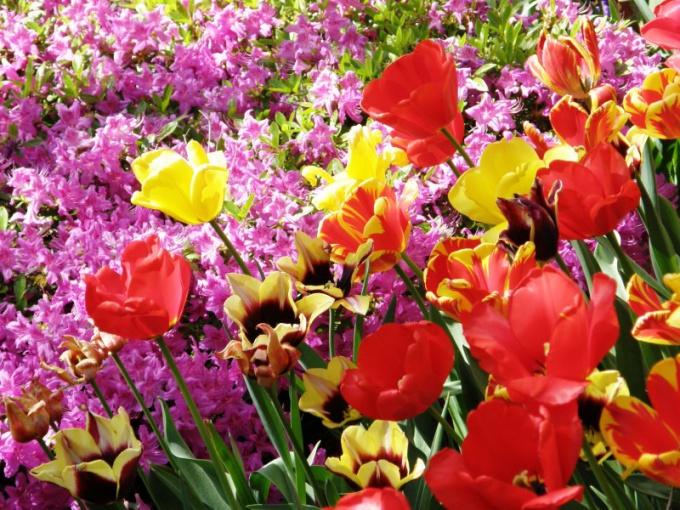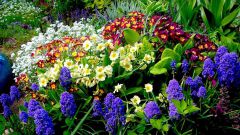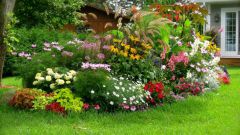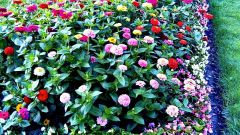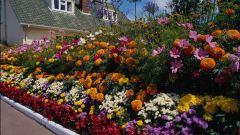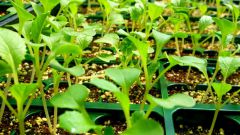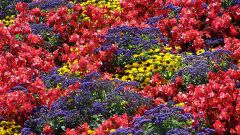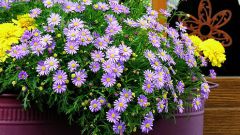You will need
- — peat cups;
- — pots;
- — seeds, bulbs;
- — solution of potassium permanganate, fungicide;
- — fertilizers;
- — grunt.
Instruction
1
Check the ground in the flower bed before planting. It should not remain rotting remains of plants. They can breed bacteria, harmful to future flowers. Treat the area with boiling water or a weak solution of potassium permanganate. Additional substrate for flowers, the sand is previously calcined at a high temperature. Check seeds and bulbs. Choose only whole, healthy specimens. Rinse them in a solution of potassium permanganate or treated with a fungicide.
2
Put him in the garden of annual plants, such as asters, nasturtiums, petunias. For them, the easiest way to care. If you want to get earlier flowering of these plants, planted in the open ground seedlings. Prepare fertile soil and containers. For growing seedlings it is best to use peat cups: when transplanting plants in the ground their root system is not damaged. The timing of planting depends on the plant species, so carefully study the packaging of seed. Keep in mind that many annual flowers do not tolerate frost on the ground.
3
Grow in the garden and biennials. These include, for example, forget-me-not, carnation, Daisy. In the year of sowing perennial plants develop a root system and leaves, and next season's bloom. Biennials can bloom in the first year, if you pre-plant them at home or in the greenhouse no later than February, and then planted the seedlings in late spring.
4
Plant perennial color plants — lilies, tulips, peonies, daffodils. But they need special care. Pay attention to the timing of planting. Some plants are planted in the fall, others in spring. Perennials different tolerate winter. For example, roses, peonies, daisies, cut and covered. Chrysanthemums are transplanted into pots, cut it and leave in a cool dark place. Dahlias, gladioli are dug out, dried, wrapped in paper and put away for spring.
